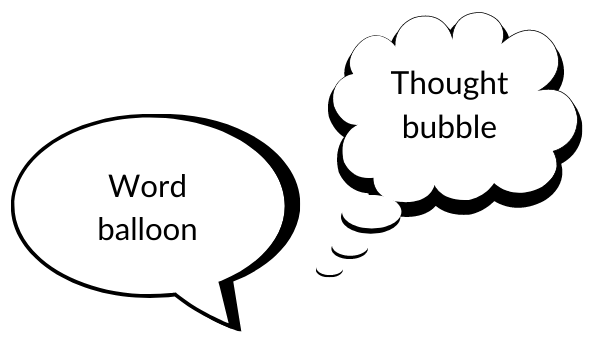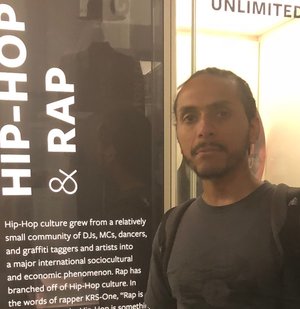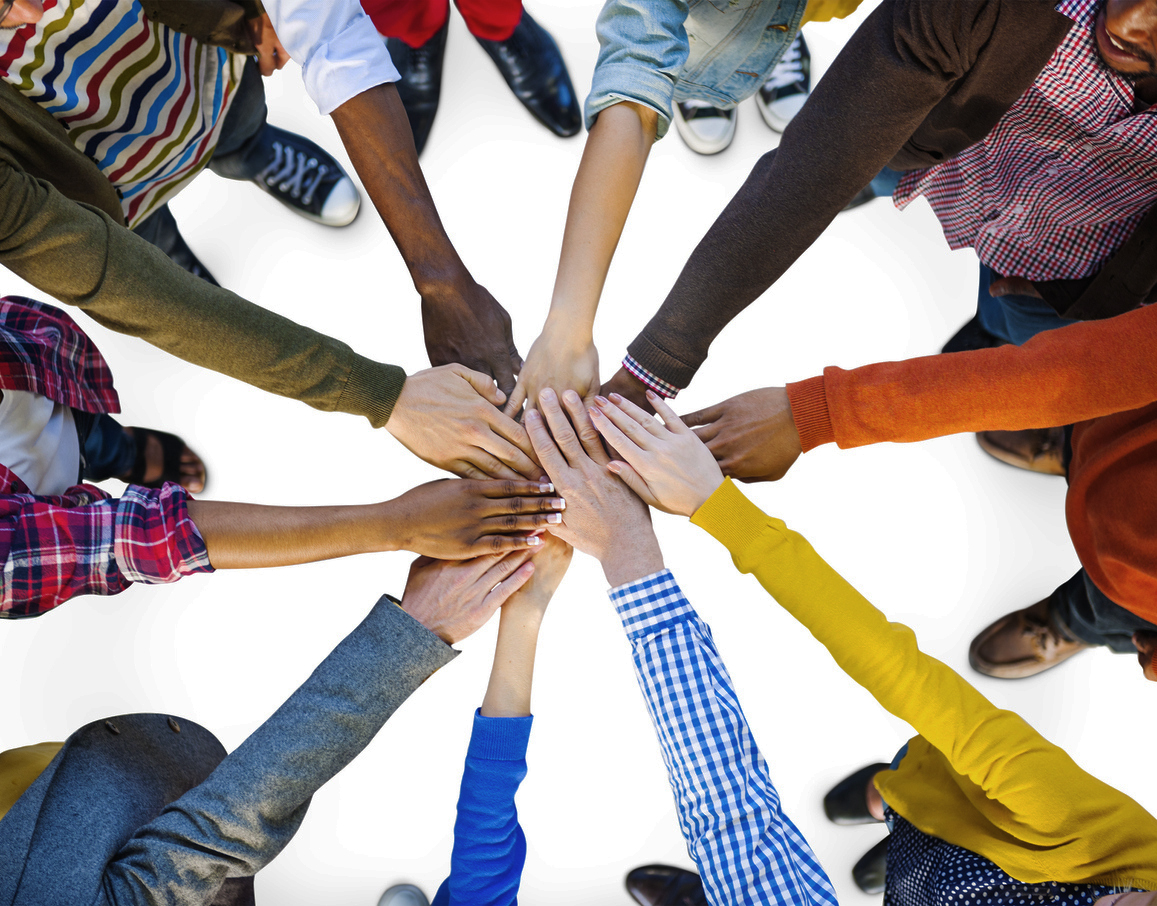Mapping Adolescents’ Community Histories
A big thank you to Ruben Mina, LMSW for this guest post!
Can you tell me the history of your community?
Can you tell me some histories of your community?
Yes, histories.
Do you ever ask these questions of adolescents with whom you work? There is a distinction between the two questions. The first question focuses on one story: the prevailing story of how a community came to be what it is. It feels like asking adolescents to pull something in from the past, make sense of it and connect to it.
The second question asks adolescents to tell histories of their community. It invites them to share the who, what, how, and why about the people, institutions, political forces, cultures, and much more that make their community dynamic. Like adults, adolescents have a range of experiences in the communities to which they belong that are rooted in traditions they observe, inequities or injustices they endure or witness, and forms of oppression about which they are aware. They deserve the space to tell their stories. Each individual experiences and interprets life in their community in ways that cannot, and should not, be captured by a single history. By creating space for adolescents to share their varied perspectives and experiences, we are supporting their social and emotional development.
This is not about adolescents being unable to make sense of standard accounts of history. Nor is it about making up stories. It is about engaging adolescents in critical thinking and critical dialogue so that the histories they see, feel, and live each day are amplified. This deepens their connectedness to their respective communities, cultivates empathy, and provides a foundation for them to work collectively to transform their communities.
Mapping histories
While both questions at the beginning of this blog post could create opportunities for shared learning, focusing on multiple histories of a community does more. It invites adolescents to further develop self-efficacy by telling and showing one another the ways they view the world around them. Youth-serving programs want to build adolescents’ sense of self-efficacy, while letting them know that their voices matter. We let them know their voices matter when the learning that happens in human service organizations honors their perspectives.
Earlier in my career, I developed a group activity called “Community Stories” as a way to center adolescents’ experiences, while facilitating their exploration of ways they could transform their communities. This activity has helped adolescents in the Bronx in grade levels ranging from upper elementary school to high school identify and raise awareness about issues such as domestic violence and a lack of neighborhood parks that were impacting their daily lives.
Community Stories take the form of maps that reflect adolescents’ insights about experiences they have in a community to which they belong. It integrates numerous concepts and approaches, including: popular education concepts (participatory, group-oriented), photovoice, and community asset mapping, as well as literacy-building activities. The maps require basic art supplies and no art skills; they are animated by the dialogue adolescents engage in about the ways a group 1) experiences a shared community and 2) envisions its transformation.
This activity allows adolescents to explore a community they identify with in creative, empowering ways, and is intended to engage them in a communal exercise. Constructing maps to tell community stories allows adolescents to reimagine their communities and envision their transformation. By trusting and engaging the expert wisdom of adolescents’ lived experiences, you are letting them know that you value their agency.
Before creating maps, the group must identify a community to which they feel connected and would like to represent on a map. Since communities are not strictly defined by physical borders, it is vital to encourage consideration of non-geographic communities (i.e. community of teen activists). This is crucial for two reasons. First, adolescents are in the developmental stage of exploring membership in groups based on interest, values, and identity, not solely geography. Secondly, this allows for greater inclusivity, particularly for adolescents who experience oppression or marginalization as a result of others’ targeting them based on identity or perceived identity.
These maps are populated by what I have termed “characters” (feel free to use different terminology). “Characters” are representations of those elements that impact adolescents the most (i.e. institutions, places, events, policies). As a facilitator, I have found it helpful at this stage to engage adolescents in naming the dynamic relationships between people and other elements of a community and the meanings of such relationships.
Below is a description of the activity, with facilitator instructions.
Creating the maps
Benefits of the activity:
- Build community around shared experiences of oppression and/or shared visions of transformation
- Promote critical thinking and critical dialogue
- Identify dynamics that impact adolescents’ lives, while encouraging their self-advocacy
Framing questions to ask at the beginning, and revisit throughout to encourage dialogue:
- What comes to mind when you think of the word ‘community’?
- What do communities consist of?
- How can we understand a community?
- Are people the only entities that have stories to tell about the communities we belong to?
Step #1 – Map design
Ask participants to name a community they belong to and want to transform and/or take action in response to an inequity and/or oppression that has been individually or collectively experienced. Instruct the group to create a map that features “characters” (i.e. places, buildings, institutions, policies, rules) that comprise their community (geographical or non-geographical). Pay attention to group dynamics to ensure an equity of voices in the decisions of what gets placed on the map. For non-geographical communities, participants could use systems, policies, and/or institutions as “characters” that impact the community. Relationships and power dynamics can be shown by giving “characters” different sizes (i.e. the bank is the biggest thing on the map because of its impact on the community’s economic state).
Step #2 – Mapping the story
Introduce the word balloon for dialogue between “characters” on the map and thought bubble to see the inner thoughts of a given “character”, and explain their purposes.

Present the reflection questions below and instruct participants to use word balloons and thought bubbles to represent dialogue between the “characters” about the transformation or oppression that was identified in step #1. Reflective questions may include:
- What would each “character” say about its experience with, or observations about, the oppression or vision of transformation that was identified?
- What observations has each “character” made about the oppression or vision of transformation?
- If we could read the thoughts of each “character,” what would we learn?
Participants should then discuss the questions or other questions that may resonate with the group and write responses on the word balloons and thought bubbles. Participants can then place the shapes on the corresponding “characters” on the map.
Step #3 – Expanding the story
Introduce two tools (adapted versions of “flashback, flash-forward” and “hot-seat the character”) that the group will use to engage in critical dialogue. Prompt the group to think about what the “characters” would say if they could flashback or flash-forward in time. For example, if a park is represented on the map, a flashback question could be: what would this park have said was its experience with gentrification 10 years ago?
Next, invite a group member to “hot-seat” another “character”. Group members then get to pose questions to the “character” that are discussed as a group. The focus can be on expanding upon what was written in the word balloons/thoughts bubbles, or what was shared in the flashback and flash forward discussions. For example, a group member might “hot-seat” a group mate’s school “character” and ask: why do you want school administrators to do more to make families feel welcome in the school? Such a question, and others, could engage the group in deeper discussions about school-community relationships.
Step #4 – Processing, closing, action steps
This final step provides a way for the group to reflect on their experiences going through the activity. The group may also draw connections to potential future actions they could take related to the issues represented on their maps. I have found sitting or standing in a circle with the map inside of the circle as the most engaging way to facilitate this step.
The questions below are recommended, but are not the only ones that you could ask.
- What common themes or differences emerged during the process?
- What can we do to learn more about the community? Is there someone with whom we can talk? Is there someplace we can visit?
- Is there any action around shared visions of transformation, or shared experiences of oppression that we would like to explore?
These steps are about adolescents’ ability to make meaning of their community, and treats them as the subjects of their own learning. My experiences facilitating Community Stories have shown me that adolescents grow more comfortable discussing issues that resonate with their individual and collective identities when given the space to do so. While that can take various forms, hopefully, Community Stories will serve as another approach that you can use with adolescents who are looking to change their communities.
The views, information and opinions expressed herein are those of the author; they do not necessarily reflect those of the Council on Accreditation (COA). COA invites guest authors to contribute to the COA blog due to COA’s confidence in their knowledge on the subject matter and their expertise in their chosen field.

Ruben Mina, LMSW
Ruben Mina, LMSW, is a social work community practitioner with close to 15 years of experience in youth development and education. He currently works for the New York City Department of Education alongside an amazing group of folks who are dedicated to achieving equity for students in all schools and districts throughout New York City. His work involves leading workshops for educators on topics like implicit bias awareness, racial equity, and anti-oppression. He also works with educators at the school- and district-levels on creating equitable policies and practices. He serves on the Masters Exam Committee for the Association of Social Work Boards. As a born and bred Brooklyn native, he loves music from any and everywhere, and classic Twilight Zone episodes. He is excited to begin pursuing a doctoral degree this fall.


